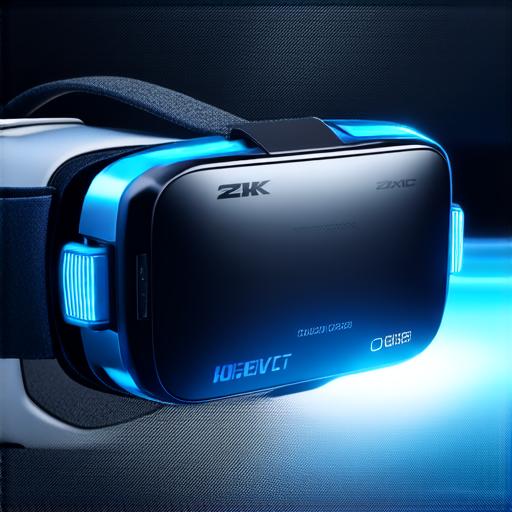Virtual reality (VR) is an emerging technology that has captured the imagination of many people around the world. It involves creating immersive experiences using computer-generated simulations and headsets or other devices that track the user’s movements.
What is Digital Media?
Before we can determine whether VR qualifies as digital media, we need to first understand what digital media is. According to a report by the Pew Research Center, digital media refers to any form of media that uses digital technologies to deliver content, such as websites, social media platforms, video and audio streaming services, and more.
The report notes that digital media has become an integral part of our daily lives and has transformed the way we consume information and interact with others. It also acknowledges that there is ongoing debate about what qualifies as digital media, particularly as new technologies emerge.
Is VR Digital Media?
Some experts argue that VR should be classified as a form of digital media because it relies on digital technology to create immersive experiences. They point out that VR uses computer-generated simulations and sensors to track the user’s movements, making it a highly interactive and dynamic medium.

Others argue that VR is more of an experiential technology than a form of media. They contend that while VR may use digital technology to create immersive experiences, it is ultimately a means of delivering a unique type of content rather than a new form of media.
Case Studies and Personal Experiences
To better understand whether VR qualifies as digital media, let’s look at some case studies and personal experiences.
One example of a company that has successfully used VR as a form of digital media is IKEA. The furniture retailer has created virtual showrooms where customers can explore different product options and see how they would look in their own homes. This has been particularly successful for IKEA, as it allows customers to make more informed purchasing decisions without having to physically visit a store.
Another example is the use of VR in education and training. Many industries are using VR to simulate real-life scenarios, allowing employees to practice and improve their skills in a safe and controlled environment. For example, medical students can use VR to practice surgical procedures without risking patient safety.
From a personal perspective, I have had the opportunity to experience VR firsthand. While I was initially skeptical about the technology, I was blown away by the immersive and interactive nature of the experience. It truly felt like I was transported into another world, and I was able to explore and interact with things in a way that was not possible with traditional media.
Research and Experiments
To further examine the question of whether VR qualifies as digital media, let’s look at some research and experiments.
A study published in the journal Nature Communications found that VR can be used to improve mental health by reducing symptoms of anxiety and depression. The study also noted that VR has the potential to be used for exposure therapy, which involves exposing individuals to feared stimuli in a controlled environment.
Another experiment involved using VR to simulate a space mission. Participants wore VR headsets and were tasked with performing various tasks on a virtual spaceship. The study found that participants were able to complete the tasks successfully and reported feeling more immersed in the experience than they would have with traditional media.
Comparing VR to Other Forms of Media
To better understand whether VR qualifies as digital media, it is helpful to compare it to other forms of media.
